Setting clear and precise goals is crucial for any business, especially startups. Given the unique challenges startups face, such as limited resources and the need to stand out in a crowded marketplace, goal-setting is not just a task but a strategic necessity. These goals serve as a roadmap, guiding every facet of the business toward a unified objective. This guide is designed to help navigate that journey to success.
What Are Business Goals?
Business goals encompass the anticipated accomplishments that a company aims to achieve within a defined timeframe. These goals can be set at a number of levels, including for the entire organization, specific departments, employees, managers, or even customers. They serve as the guiding purpose and ultimate target for employees to strive toward. Business goals are typically broad in nature, representing the larger objectives a company seeks to attain without necessarily outlining specific actions.

Source: Google
Goals vs. Objectives
The first thing you should understand is the difference between a goal and an objective. This distinction rings true at all levels of goal-setting, whether personal, departmental, or organizational.
Goals:
Goals are typically a broad statement of long-term results that you or your organization hopes to achieve. They align with your company ideology, long-term business plan, and vision for the future. Goals can be applied to very long-term OR more short-term planning strategies.
Objectives:
An objective is a specific and action-oriented statement that outlines a goal as well as the exact steps you will need to take and the resources you will need to gather in order to reach the expressed target. Objectives should also align with your mission and business plan, however, they are more often leveraged to address short-term problems.
Combining Goals and Objectives:
Combining both goals and objectives provides a lot of significant benefits for your organization.
Setting goals helps to keep you focused and in line with the mission of your startup idea. Setting objectives gives you clear, actionable steps to take, which keep you moving forward.
It is critical for you to have both long-term and short-term targets in place to support you in making appropriate decisions for your organization as necessary changes or choices arise.
Why Setting Business Goals Is a Must for Startups
You know, starting a business without a clear roadmap is like setting off on a journey without a destination in mind. Imagine borrowing money to kickstart your business without knowing how you’ll pay it back. That’s a recipe for disaster, right?
Now, let’s talk about the reason why goal setting is so crucial, especially for startups:
- Tracking Success: Think of goals as milestones on your business journey. They help you to see how far you’ve come and what results you’ve achieved. It’s like having signposts that guide you along the way.
- Team Unity: When everyone knows the goals, they’re all on the same page. It’s like having a team all rowing in the same direction. The energy and focus that creates can be incredible.
- Decision Guidance: Goals act like a compass for your team. They know that every decision they make should point towards those goals. It’s one of the ways to keep everyone aligned and moving forward together.
- Strategic Growth: Goals aren’t just about moving forward; they’re about moving in the right direction. They help you ensure that every step you take is a step towards where you want your company to be.
Types of Business Goals for Startups
A comprehensive understanding of various business goals is essential for setting objectives and creating accurate plans for your startup. Business goals can be divided into two main categories: short-term and long-term goals, each serving a distinct purpose in your growth journey.
- Financial Goals: Financial goals are often the primary focus for entrepreneurs, especially in the initial months or years of a startup when cash flow can fluctuate. Setting clear financial objectives helps track the business’s growth over specific periods, ensuring stable financial health. Establishing financial targets will enable you to monitor revenue, profit, and cash flow to sustain and foster the expansion of your operations.
- Human Resource Goals: Human resource (HR) goals pertain to building and managing your team effectively. These goals encompass determining the optimal team size, defining specific skill sets required from employees, employee retention and implementing training programs for their professional development. Having well-defined HR goals ensures you attract and retain the right talent, fostering a skilled and motivated workforce.
- Brand Goals: The early years of a startup are crucial for establishing a unique brand identity. Beyond the products or services offered, brand goals revolve around connecting with customers through shared values and principles. By aligning your brand with meaningful values, you can differentiate your startup in the market and build a loyal customer base.
- Product Goals: Product goals are aimed at enhancing the development and refinement of the quality of your offerings, which serve as the driving force behind your businesses. For example, a SaaS company may set product goals to include specific features and functionalities in their software within a designated timeline. By continuously improving your products and services, you can meet customer needs and stay ahead of competitors

Source: Google
Aligning Goals With Your Startup’s Vision
A clear vision is like a lighthouse for a startup. It guides you through the stormy seas and keeps you on course. In the unpredictable world of startups, having that north star can be a lifesaver, providing clarity and direction when things get tough.

Source: Google
Differentiating Between Visions and Goals
Now, don’t confuse vision with goals. Your vision is the big picture, the dream you’re chasing. Goals, on the other hand, are the steps you take to get there. While your vision stays constant, your goals might change as you grow and learn.
Startups that align their goals with their vision are 2x more likely to achieve higher growth rates. Whereas, 50% of startups that failed to align their goals with their vision reported stagnation or decline in growth.

Steps to Align Goals With Vision
- Revisit and Understand Your Vision: What’s your startup’s core purpose? What are your long-term dreams? Reflect on these questions to understand your vision.
- Break Down the Vision: Turn that broad vision into smaller, tangible objectives. Think of it as a roadmap to your dream.
- Set SMART Goals: Make sure your goals are Specific, Measurable, Achievable, Relevant, and Time-bound. It’s like having a GPS for your journey.
- Prioritize Goals: Not all goals are created equal. Determine which ones are most crucial for your startup’s current stage.
Setting SMART Goals in a Startup Environment
In the bustling world of startups, setting clear and actionable goals is paramount. SMART goals, an acronym for Specific, Measurable, Achievable, Relevant, and Time-bound, provide a structured framework to guide startups toward success. By adhering to these principles, startups can create focused objectives that align with their mission and are attainable within a given time frame. Moreover, 22% of startups that failed to meet their targets attribute the failure to a lack of clear, SMART goals. For a detailed explanation check out our article about SMART GOALS.
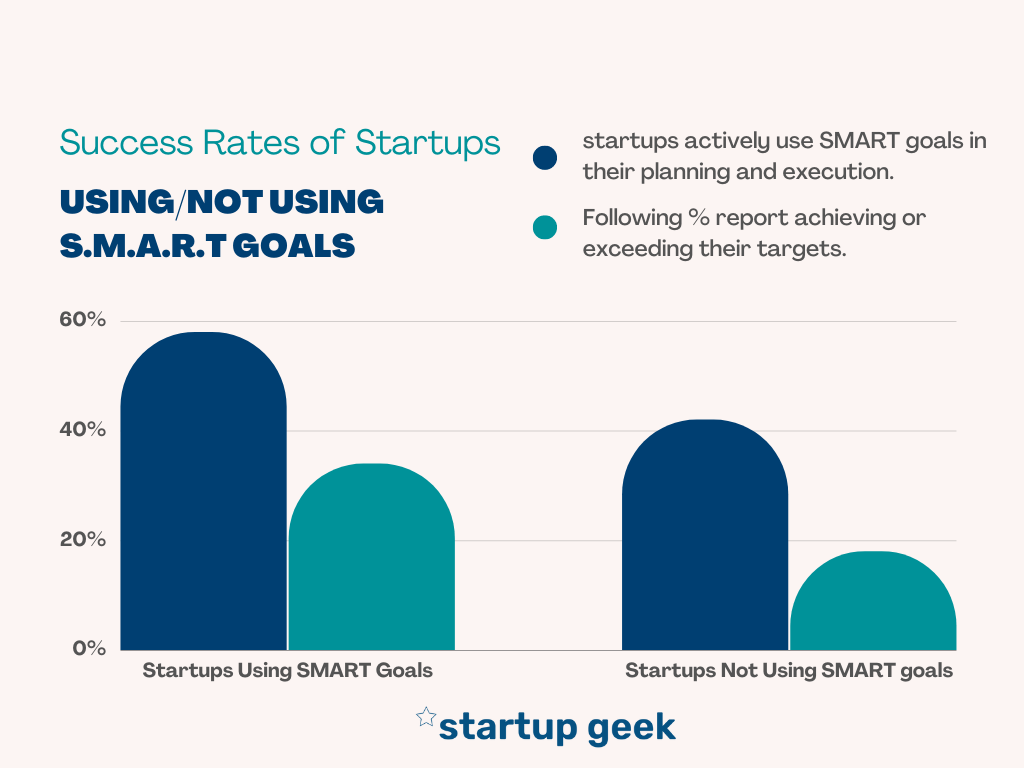
Examples:
- Boosting profitability through Enhanced Online Presence and Customer Service
- Specific: I will enhance my online presence by optimizing my website for search engines and launching targeted digital marketing campaigns to attract more potential customers.
- Measurable: I will aim to increase website traffic by 30% within the next six months and achieve a conversion rate of 5% on my online sales.
- Attainable: I will invest in staff training to improve customer service and build customer loyalty, leading to increased repeat business and referrals.
- Relevant: By focusing on improving my online presence and customer service, I can tap into the growing trend of e-commerce and capitalize on the increasing amount of customers shopping online.
- Time-bound: I will accomplish these goals within the next six months, tracking progress regularly to ensure I stay on track and make necessary adjustments if needed.
- Enhancing Customer Satisfaction by Reducing Response Time to Complaints
- Specific: I will streamline the customer complaint management process by implementing a ticketing system and assigning dedicated customer service representatives to handle complaints promptly and efficiently.
- Measurable: I aim to reduce response time to customer complaints by at least 50% within the next six months, as measured by the average time taken from the customer’s initial contact to resolution.
- Attainable: To achieve this, I will invest in customer service training for existing staff and hire additional representatives as needed to handle the increased workload effectively.
- Relevant: Improving response time to customer complaints is crucial for a startup to build a positive reputation and foster customer loyalty, ultimately contributing to business growth and success.
- Time-bound: I will implement these changes and achieve the desired reduction in response time within the next six months, regularly monitoring progress and making adjustments if necessary.
- Increasing User Engagement and Retention for a Mobile App Startup
- Specific: I will enhance user engagement and retention for my mobile app by introducing personalized push notifications, implementing a referral program, and improving the onboarding process to make it more user-friendly.
- Measurable: I aim to increase the app’s daily active users (DAU) by 25% and improve the app’s retention rate to at least 40% over the next three months, as measured by analytics data.
- Attainable: To achieve this, I will collaborate with the development team to implement the push notification system and optimize the app’s onboarding process based on user feedback. Additionally, I will introduce a referral program to incentivize current users to invite their friends to join the app.
- Relevant: Improving user engagement and retention is vital for a mobile app startup to attract investors, increase revenue through in-app purchases or advertisements, and establish a strong user base for future growth.
- Time-bound: I will complete the implementation of personalized push notifications, onboarding improvements, and the referral program within the next three months and regularly assess the app’s DAU and retention rate to track progress toward the set goals.
Here are stats regarding the startup’s success and failure rates for you to have a look at:
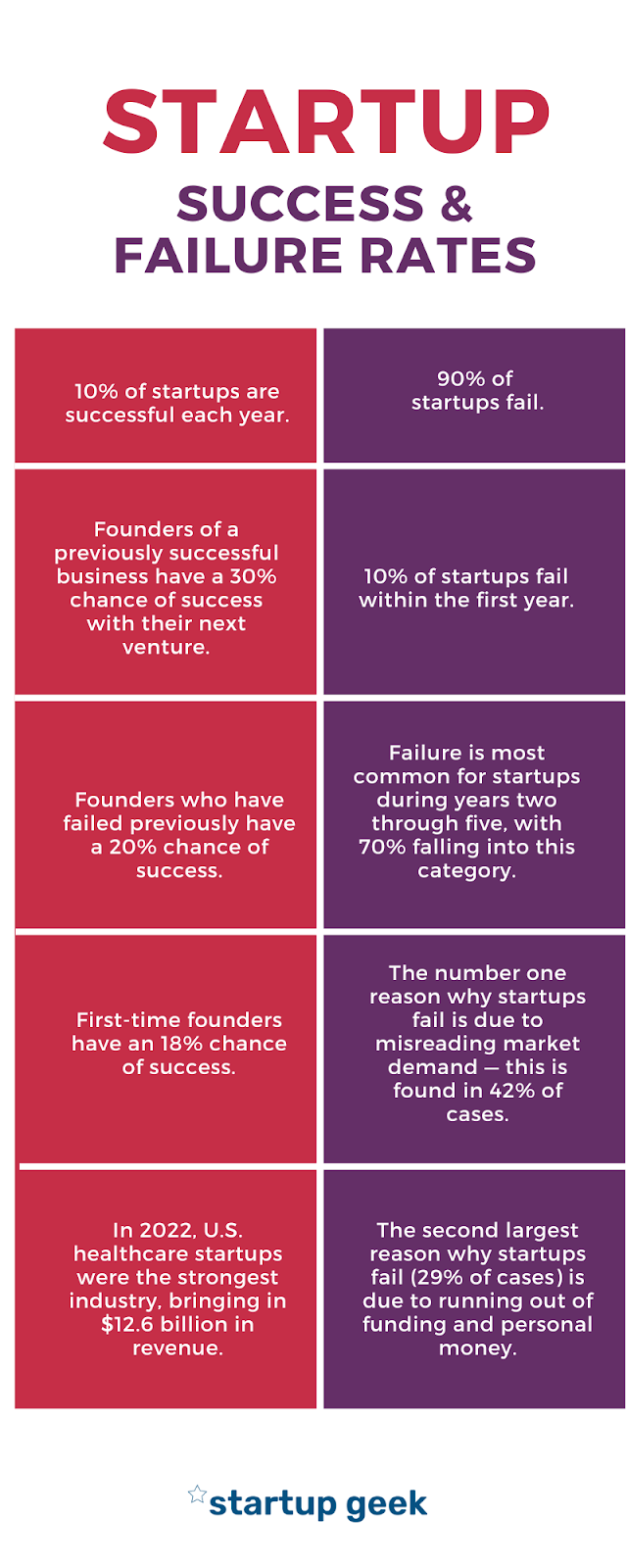
Building a Team-Oriented Goal-Setting Culture
In a startup environment, collaboration and team alignment are vital for success. Building a team-oriented goal-setting culture means creating a shared vision where everyone understands their role in achieving the company’s objectives. It fosters a sense of ownership, accountability, and collaboration, driving the startup toward its goals.
Encouraging Open Communication
Open communication is the cornerstone of a team-oriented culture. Encourage team members to share their ideas, concerns, and feedback. Regular team meetings, one-on-one sessions, and open-door policies can facilitate this communication. For example, a weekly team huddle to discuss progress and challenges can foster a sense of unity and shared purpose.
Defining Clear Roles and Responsibilities
Clearly defining roles and responsibilities ensures that everyone knows what’s expected of them. Utilize tools like RACI (Responsible, Accountable, Consulted, Informed) charts to clarify who is responsible for what. This clarity helps in avoiding confusion and overlapping efforts.
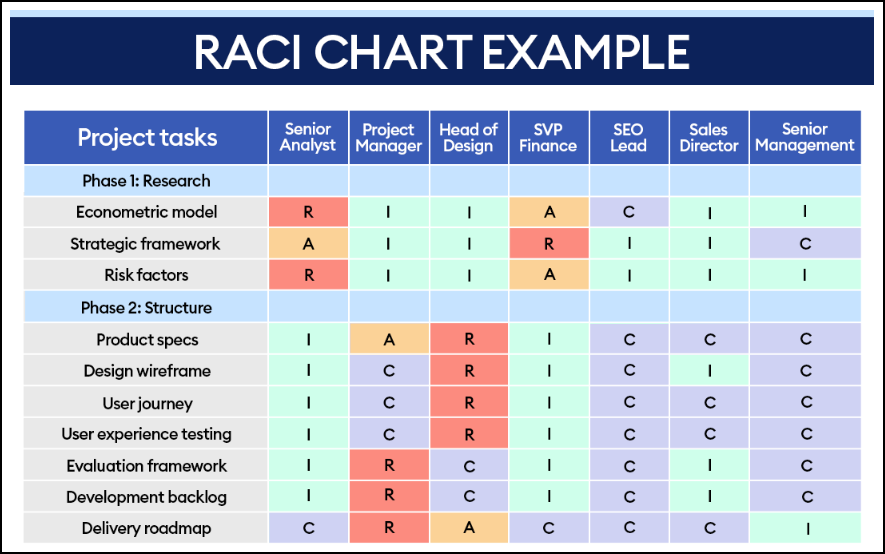
Source: Forbes
Collaborative Goal Setting
Involve team members in the goal-setting process. Collaborative goal setting ensures that goals are realistic and aligned with team capabilities. Workshops or brainstorming sessions can be organized to co-create goals, ensuring buy-in from all team members.
Utilizing Technology for Collaboration
Leverage collaboration tools like Slack, Asana, or Trello to keep everyone on the same page. These platforms can help in tracking progress, sharing updates, and maintaining transparency within the team.
Real-life Example: Slack’s Team-Oriented Success
Slack, the collaboration hub, has fostered a team-oriented goal-setting culture emphasizing open communication, clear role definition, and collaborative goal setting. By using its platform for daily communication and involving team members in decision-making, Slack ensures alignment across teams.

Source: Slack
The company’s leadership also focuses on regular feedback and recognition, creating a cohesive and motivated team. This approach has contributed to Slack’s rapid growth and success in the tech market.
Slack’s team-oriented culture is reflected in its high employee satisfaction rates and its ability to innovate in the collaboration tool space. It clearly shows how a team-oriented goal-setting culture can drive a startup towards remarkable success.
Top Tools and Resources for Goal Setting and Tracking:
- Adoption Rate: 26% of startups.
- Features: Task management, project tracking, collaboration.
- Adoption Rate: 22% of startups.
- Features: Kanban boards, task assignments, progress tracking.
- Jira:
- Adoption Rate: 18% of startups.
- Features: Agile project management, bug tracking, development workflow.
- Adoption Rate: 12% of startups.
- Features: Workflow automation, time tracking, reporting.
- Adoption Rate: 10% of startups.
- Features: Spreadsheet-like interface, collaboration, automation.
Utilizing Lean Resources Effectively
In the startup environment, resources are often limited, and the ability to utilize them effectively is crucial for growth and success. Here’s how startups can make the most out of their lean resources:
- Identify Core Needs: Start by identifying the essential resources needed to achieve your goals. This includes human resources, financial capital, technology, and other assets. Priorities are based on their impact on your key objectives.
- Budgeting and Financial Planning: Create a detailed budget that aligns with your goals. Monitor spending and make adjustments as needed to stay on track. Utilize financial planning tools and consult with financial experts if necessary.
- Leverage Technology: Embrace technology that can automate processes, enhance productivity, and reduce costs. Tools like project management software, CRM systems, and cloud computing can be invaluable.
- Monitor and Evaluate: Regularly review your resource allocation and utilization. Assess the effectiveness of your strategies and make necessary adjustments. Utilize metrics and KPIs to measure success.
- Invest in Training and Development: Ensure that your team has the necessary skills to utilize resources effectively. Provide training and development opportunities to enhance their capabilities.
- Emphasize Sustainability: Consider the long-term sustainability of your resource utilization. Implement practices that are environmentally responsible and socially conscious.
Adapting and Pivoting as Needed
In the ever-changing landscape of the startup world, the ability to adapt and pivot is not just a strength; it’s a necessity. Here’s how startups can build this vital capability:
- Embrace a Flexible Mindset: Cultivate a culture that values flexibility and is open to change. Encourage team members to be adaptable and to view challenges as opportunities for growth.
- Monitor Trends and Market Dynamics: Stay informed about industry trends, competitor activities, and market share dynamics. Regularly analyze data and gather insights to understand shifts affecting your business.
- Evaluate Performance Regularly: Implement regular performance reviews to assess progress towards goals. Identify areas where adjustments may be needed and be prepared to make changes quickly.
- Seek Feedback and Listen: Engage with people like customers, employees, and stakeholders to gather feedback. Listen to their insights and be willing to make changes based on their input.
- Develop Contingency Plans: Create contingency plans for different types of scenarios that might require a pivot. Having these plans in place can enable quicker decision-making when a change is needed.
- Invest in Continuous Learning: Encourage continuous learning within your team. Provide opportunities for training and development that enhance adaptability and problem-solving skills.
Real-life Example: A classic example of a successful pivot is Twitter. Originally started as a podcast platform called Odeo, the company recognized the shift in the market with the rise of Apple’s iTunes and made a strategic pivot to microblogging. This adaptability led to the creation of one of the world’s most popular social media platforms.
- Celebrate and Learn from Failures: Encourage a culture where failures are seen as learning opportunities. Celebrate the lessons learned and apply them to future endeavors.
- Stay True to Your Core Values: While adapting and pivoting, ensure that you remain aligned with your startup’s core values and mission. Changes should enhance your vision, not detract from it.
Measuring and Tracking Progress
Measuring and tracking progress is essential for any startup aiming to achieve its business goals. This process ensures that the company moves in the right direction and allows for timely adjustments if needed. Here’s how startups can effectively measure and track progress:
- Define Key Performance Indicators (KPIs): Identify the specific metrics that align with your business goals. KPIs should be measurable, relevant, and tied to specific business objectives.
- Implement Tracking Tools: Utilize tools and software that enable tracking of the defined KPIs. Whether it’s Google Analytics for web traffic or a CRM system for sales tracking, having the right tools in place is crucial.
- Set Regular Review Intervals: Establish a schedule for regular reviews of progress. Weekly or monthly meetings can help keep everyone aligned and focused on the goals.
- Analyze and Interpret Data: Don’t just collect data; analyze it. Understanding what the numbers mean and how they relate to your goals is vital for making informed decisions.
- Celebrate Milestones: Recognize and celebrate when key milestones are reached. This can boost morale and reinforce a positive, goal-oriented culture.
- Adjust as Needed: If the tracking shows that you’re off course, be prepared to make necessary adjustments. This might include revising strategies for reallocating resources.
- Emphasize Transparency: Make sure that progress is transparent and accessible to all relevant team members. This fosters a sense of collective responsibility and alignment.
- Reflect and Learn: At the end of a goal period, take the time to reflect on what worked and what didn’t. Use these insights to improve future goal-setting and tracking processes.
- Align with Overall Business Strategy: Ensure that the measurement and tracking of specific goals are aligned with the overall business strategy. This ensures cohesion and focus at every level of the organization.
Learning From Success and Failures
In the fast-paced startup environment, both successes and failures are inevitable. What sets successful startups apart is their ability to learn from these experiences and apply those lessons to future endeavors.
Here’s how startups can effectively learn from successes and failures:
- Embrace a Growth Mindset: Encourage team members to take calculated risks and embrace a mindset that sees failures as stepping stones towards improvement. By reframing failures as valuable learning experiences, team members become more resilient, adaptive, and open to innovation.
- Analyze Successes and Failures: Delve into the factors that contributed to success and failure, examining the strategies, processes, and decisions made along the way. By conducting comprehensive post-mortems, startups can gain valuable insights that shed light on what worked well and what needs improvement.
- Document Lessons Learned: Create a repository of lessons learned that can be referred to by the team. This compilation of experiences and insights becomes a valuable resource for future projects and decision-making.
- Encourage Open Dialogue: Foster an environment where team members feel comfortable sharing their successes and failures without fear of judgment. Regular team meetings or retrospectives can provide a platform for open discussions, enabling individuals to candidly share their experiences, challenges, and discoveries.
- Apply Lessons to Future Goals: Ensure that the insights gained from analyzing successes and failures are actively applied to future goal-setting and strategy development. Integrating these valuable learnings into the planning process ensures that future initiatives are better informed and more effective. By leveraging past experiences, startups create a continuous loop of learning and improvement that fuels their progress and success.
- Celebrate Successes, Big and Small: Recognize and celebrate achievements, no matter how big or small. Acknowledging the team’s efforts and successes reinforces positive behavior and motivates individuals to strive for excellence. Celebrations contribute to a positive work culture, fostering a sense of accomplishment and pride within the team.
Networking and Mentorship in Achieving Goals
Networking and mentorship play a vital role in achieving goals within a startup environment. They provide access to resources, knowledge, and support that can accelerate growth and success.
Here’s how some startups can leverage networking and mentorship:
- Build a Strong Network: Building a strong professional network opens doors to new opportunities, facilitates knowledge sharing, and creates a supportive ecosystem for your startup. Interacting with like-minded individuals and industry experts provides valuable insights, access to resources, and potential collaborations that can accelerate your startup’s growth.
- Seek Out Mentors: Identify experienced entrepreneurs, industry experts, or business leaders who can provide guidance, insights, and feedback to navigate challenges and offer encouragement. Mentors can share their wealth of experience, offer a fresh perspective on your business strategies, and provide valuable advice to help you make informed decisions. A good mentor can act as a sounding board, inspire confidence, and provide a sense of direction during critical stages of your startup journey.
- Utilize Social Media: Engage with industry influencers and communities on platforms like LinkedIn, instagram, Facebook and Twitter, etc to enhance your network and reputation. Social media provides a powerful platform to connect with thought leaders, potential customers, and industry peers.
- Collaborate with Other Startups: Collaborative partnerships can lead to synergies, shared expertise, and joint ventures that amplify your startup’s capabilities. By working together, startups can tackle industry challenges, explore new markets, and drive collective growth, leading to an outcome being a win-win scenario for all involved.
- Invest in Relationship Building: Be proactive in reaching out, offering assistance, and maintaining regular communication with your network and mentors. Building strong relationships based on trust and mutual respect not only leads to valuable advice and support but also lays the foundation for long-lasting professional connections.
- Set Clear Expectations with Mentors: Establishing transparent communication ensures that both parties are aligned in their expectations and maximizes the benefits of the mentorship. Regular check-ins and progress updates help mentors provide tailored guidance and offer constructive feedback to support your startup’s growth.
Common Examples of Business Goals
- Boost Profit Margins: Rather than merely focusing on revenue, businesses often aim to enhance their profit margins. This can be achieved by cutting costs or raising the prices of goods and services.
Example: Amazon’s focus on automation and efficient logistics has helped them reduce operational costs, thereby increasing profit margins.
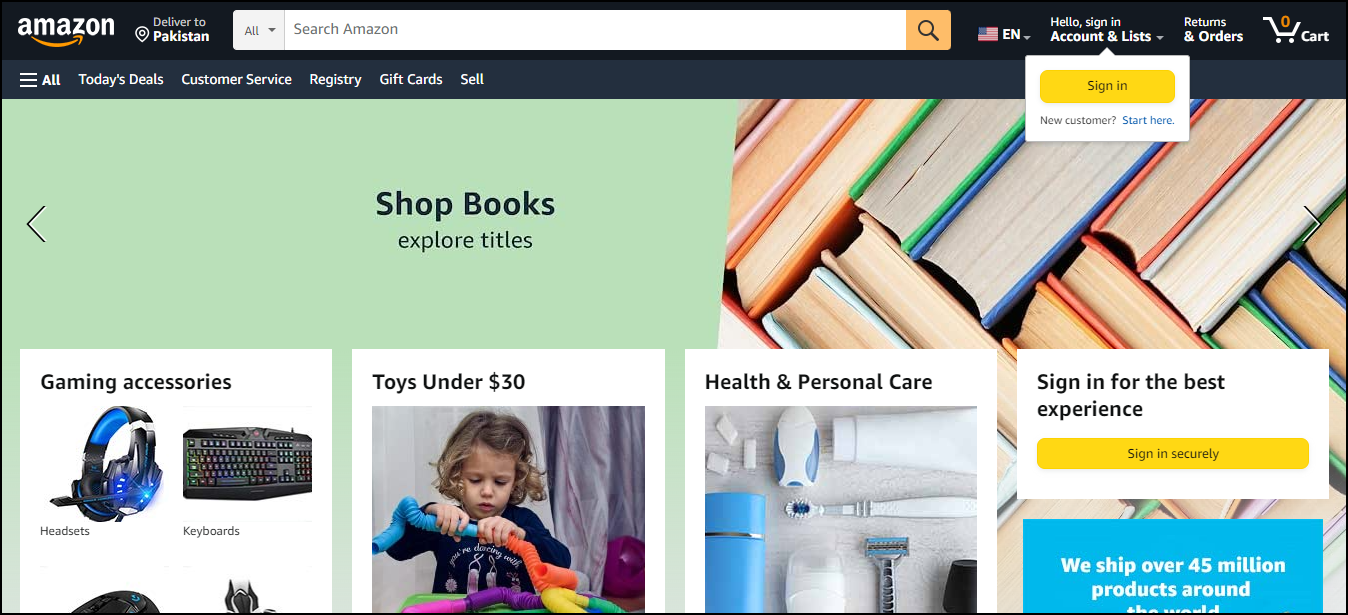
Source: Amazon
- Enlarge Market Presence: Aiming to introduce products and services to a broader audience not only attracts more customers but also indirectly elevates brand recognition.
Example: Tesla’s global expansion into new markets has helped them attract more customers and increase brand awareness.

Source: Tesla
- Enhance Sales Performance: One of the universal business objectives is to augment sales. The strategies employed to reach this goal often influence other related targets.
Example: McDonald’s frequently introduces new menu items to drive sales and keep customers engaged.

Source: McDonald’s
- Obtain Financial Support: Especially for startups or businesses needing substantial capital, securing funding from investors is a prevalent goal to ensure smooth operations.
Example: Many tech startups like Slack have secured significant venture capital funding to support their growth and development.

Source: Slack
- Foster Stakeholder Relationships: Building robust and positive connections with stakeholders is essential for project success. Open communication and stakeholder involvement in decision-making can achieve this.
Example: Starbucks regularly engages with coffee farmers, ensuring fair trade practices and building strong supplier relationships.

Source: Starbucks
- Amplify Brand Visibility: Just as a hidden lamp cannot light a room, your products and services must be visible to your target audience. Growing brand awareness is vital for reaching potential customers.
Example: Coca-Cola’s worldwide advertising campaigns have made it one of the most recognized brands globally.

Source: Coca-Cola
- Boost Website Visits: Utilizing SEO to increase website traffic is a cost-effective way to generate leads, enhance search engine authority, and establish trust with your audience.
Example: Airbnb’s SEO strategies have increased their website traffic, attracting more hosts and guests to their platform.
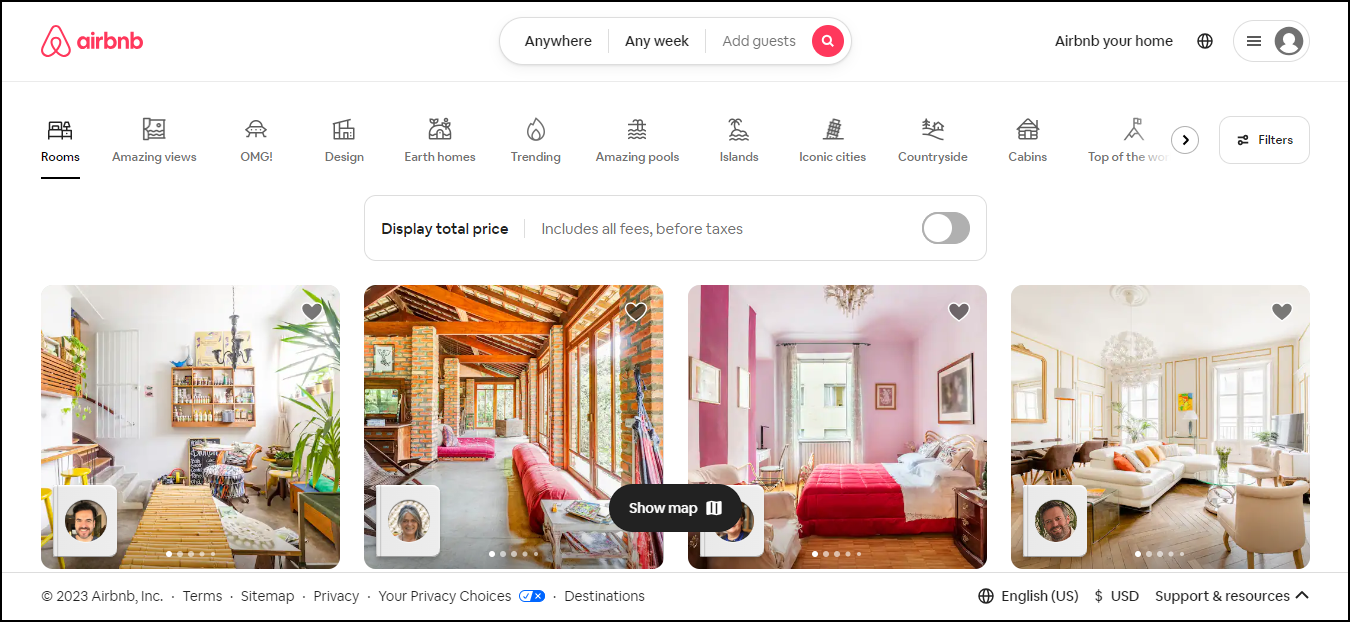
Source: Airbnb
- Engage New Customer Segments: Expanding into new demographics or markets enhances your brand’s presence and distinguishes you from competitors.
Example: Nike’s expansion into women’s athletic wear has allowed them to reach a new demographic and increase sales.

Source: Nike
- Elevate Customer Interaction: Many companies strive to enhance the customer experience with their brand, leading to higher retention rates and sometimes even creating brand advocates.
Example: Zappos is renowned for its customer service, leading to high customer retention and brand loyalty.

Source: Zappos
- Venture into New Markets: Entering new territories allows businesses to connect with more people and boost profits, but it requires comprehensive market analysis beforehand.
Example: Netflix’s entry into international markets has allowed them to reach more viewers and increase subscriptions.

Source: Netflix
- Broaden Lead Channels: Relying on a single lead source is risky. Diversifying lead sources ensures that if one dries up, others are available to tap into.
Example: HubSpot uses a mix of content marketing, social media, and paid advertising to diversify its lead generation sources.

Source: HubSpot
- Strengthen Employee Loyalty: Employees are vital to your business, and focusing on their satisfaction is key. Setting goals to incentivize productivity and loyalty helps retain valuable team members.
Example: Google’s employee benefits and work environment have made it known for high employee satisfaction and retention.

Source: Google
Conclusion
Achieving business goals is not a linear process; it’s a dynamic journey filled with twists and turns. By embracing these principles and adapting them to your unique startup context, you can navigate the path to success with confidence and creativity.
In the ever-changing landscape of the startup world, these strategies offer a roadmap to success. They provide a comprehensive approach to goal-setting and achievement, grounded in practical insights and enriched by real-world examples. By internalizing these principles and applying them with diligence and adaptability, startups can set themselves on a trajectory toward sustainable growth and success. The journey towards achieving business goals is filled with challenges and opportunities alike, and with the right approach, it can be a fulfilling and transformative experience.
